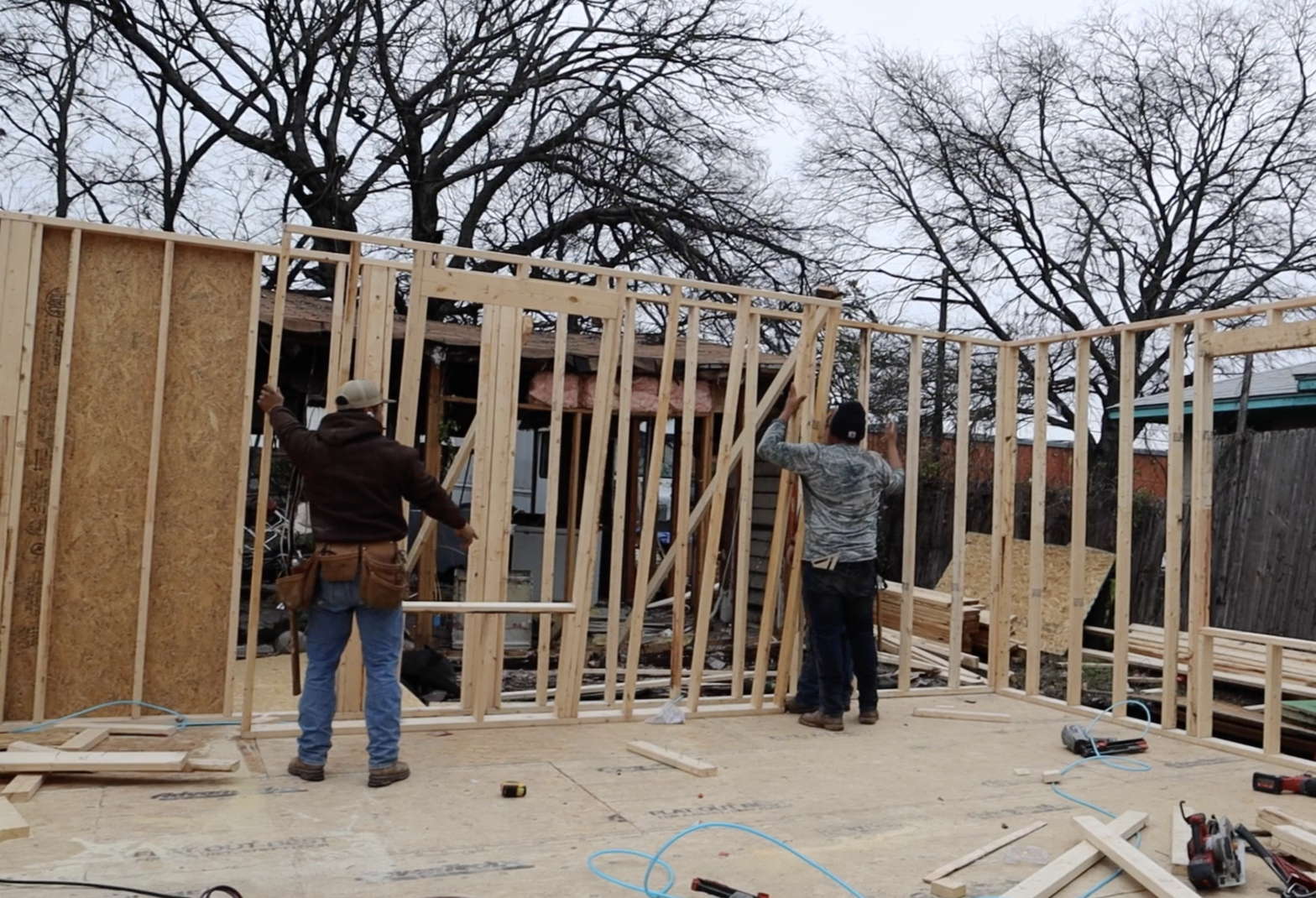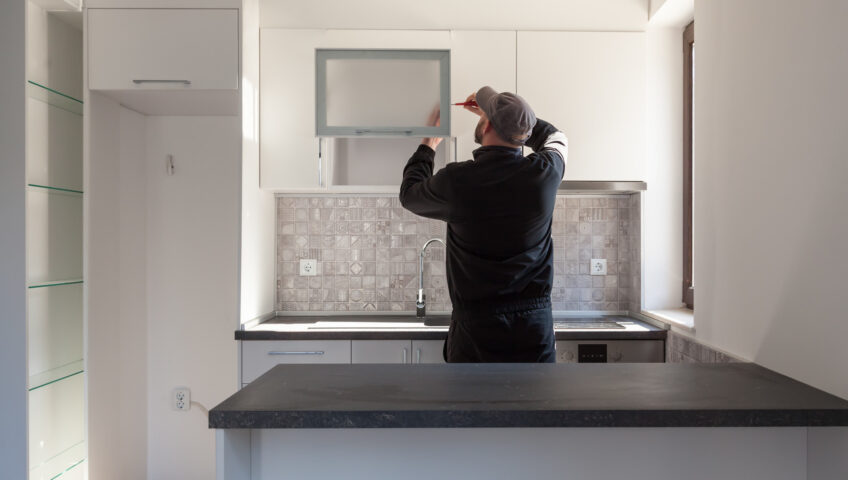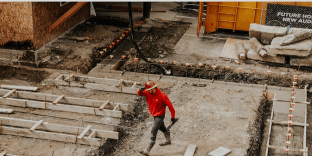
How Foundation Cracks Can Damage Your Home and What You Can Do About It
Your home is one of your most valuable assets, and you want to keep it in good shape for as long as possible. However, sometimes, even a well-built and well-maintained home can develop problems that can compromise its structural integrity and safety.
One of these problems is foundation cracks.
Foundation cracks are visible or hidden lines or gaps in the concrete or block walls that support your home. They can range from minor to severe, depending on the cause and extent of the damage. Here are the things to look out for:
- Moisture: Too much or too little water can affect the soil around your foundation and create pressure against the walls. This can lead to cracking due to hydrostatic pressure or frost heave.
- Poor materials: If the concrete or block used for your foundation was not mixed properly, cured adequately, or installed correctly, it can weaken over time and crack due to shrinkage, expansion, or settlement.
- Soil conditions: The type and quality of the soil under your foundation can also influence its stability and performance. If the soil is expansive, erodible, or unstable, it can cause differential settlement or movement of parts of your foundation.
- Tree roots: While they’re beautiful, you want to be careful around trees – not just choosing a property because of them, but maintaining them. Trees growing near your foundation can exert pressure on the walls and cause them to crack due to root intrusion or damage.
Why are Foundation Cracks Dangerous?
Here’s the challenge. And the opportunity – whether you currently own a home or are thinking about growing one. Foundation cracks are not only unsightly but also dangerous. They can indicate underlying structural issues that need to be addressed before they worsen and cause more serious problems. So, let’s solve this and do our homework.
Some of the potential consequences of ignoring foundation cracks are:
- Structural damage: If left untreated, foundation cracks can compromise the integrity of your walls and allow water, air, pests, mold, or other elements to enter your home. This can lead to further deterioration of your structure and pose a risk of collapse.
- Water damage: Foundation cracks can also allow water to seep into your basement or crawl space and cause dampness, mold growth, wood rotting, electrical issues, or plumbing problems.
- Energy loss: Foundation cracks can also affect the insulation and ventilation of your home by creating gaps that let cold air in during winter and hot air out during summer. This can increase your energy bills and reduce your comfort level.
- Health hazards: Foundation cracks can also expose you to harmful substances such as radon gas from underground sources or asbestos fibers from old materials.
How to Prevent Foundation Cracks?
The best way to prevent foundation cracks is to take care of your home and its surroundings. Some of the preventive measures you can take are:
- Waterproofing: Applying a waterproof membrane around your foundation walls can help prevent moisture from penetrating them and causing cracking. You may also need to improve your drainage system by installing gutters with extended downspouts, fixing grading issues, or applying landscaping materials around your home.
- Maintenance: Make sure that you check your foundation regularly for any signs of cracking or damage and repairing them as soon as possible can help prevent further problems. You may also need to trim or remove any trees that are too close to your foundation and could damage it with their roots.
- Inspection: Hiring a professional foundation inspector to assess the condition of your foundation and recommend any necessary repairs or improvements can help ensure its safety and performance. You may also need to consult a structural engineer if your foundation has severe cracks or damage that could affect the stability of your home.
How to Repair Foundation Cracks?
Never fear – it’s not too late.
If you notice any signs of foundation cracking in your home such as:
- Cracks that are wider than 1/8 inch (3 mm)
- Cracks that extend beyond the perimeter of the wall
- Cracks that change direction randomly
- Cracks that are accompanied by other symptoms such as sagging floors, uneven walls, doors sticking, windows leaking, etc.,
This is where we come in at the LBW team. A qualified contractor will be able to determine the cause of the crack and suggest the best solution for your situation. And these will vary. And that’s okay.
- Reinforcement: Adding steel bars, mesh, epoxy, polyurethane foam, or other materials inside your concrete walls can help strengthen them against cracking due to shrinkage, expansion, settlement, root intrusion, or damage.
- Grouting: Injecting cementitious grout into small cracks in concrete walls can help fill them up and seal them from further damage. This is one area where you should depend on professionals – using specialized equipment such as grout pumps or injectors.
- Sealing: Applying caulk, sealant, paint, stucco, brick veneer, stone veneer, wood siding, vinyl siding, metal siding, fiber cement siding, asphalt shingles, clay tiles, slate tiles, etc., over large cracks in concrete walls can help cover them up and prevent water infiltration.
Your home’s foundation literally is important to the LBW team. Learn more about keeping it structurally sound.


